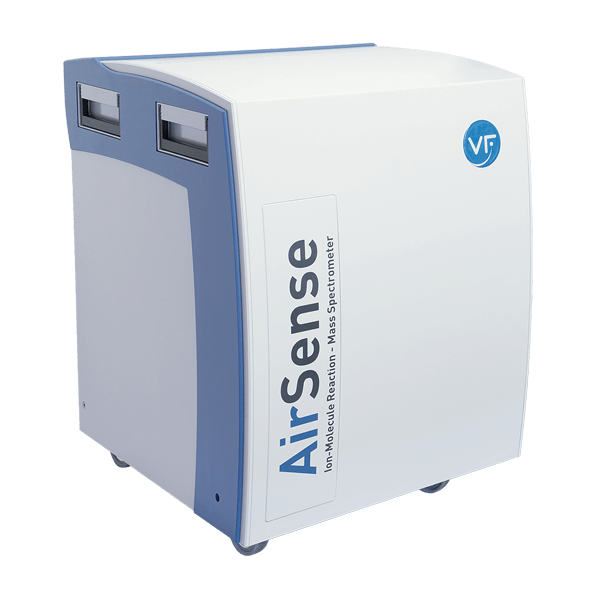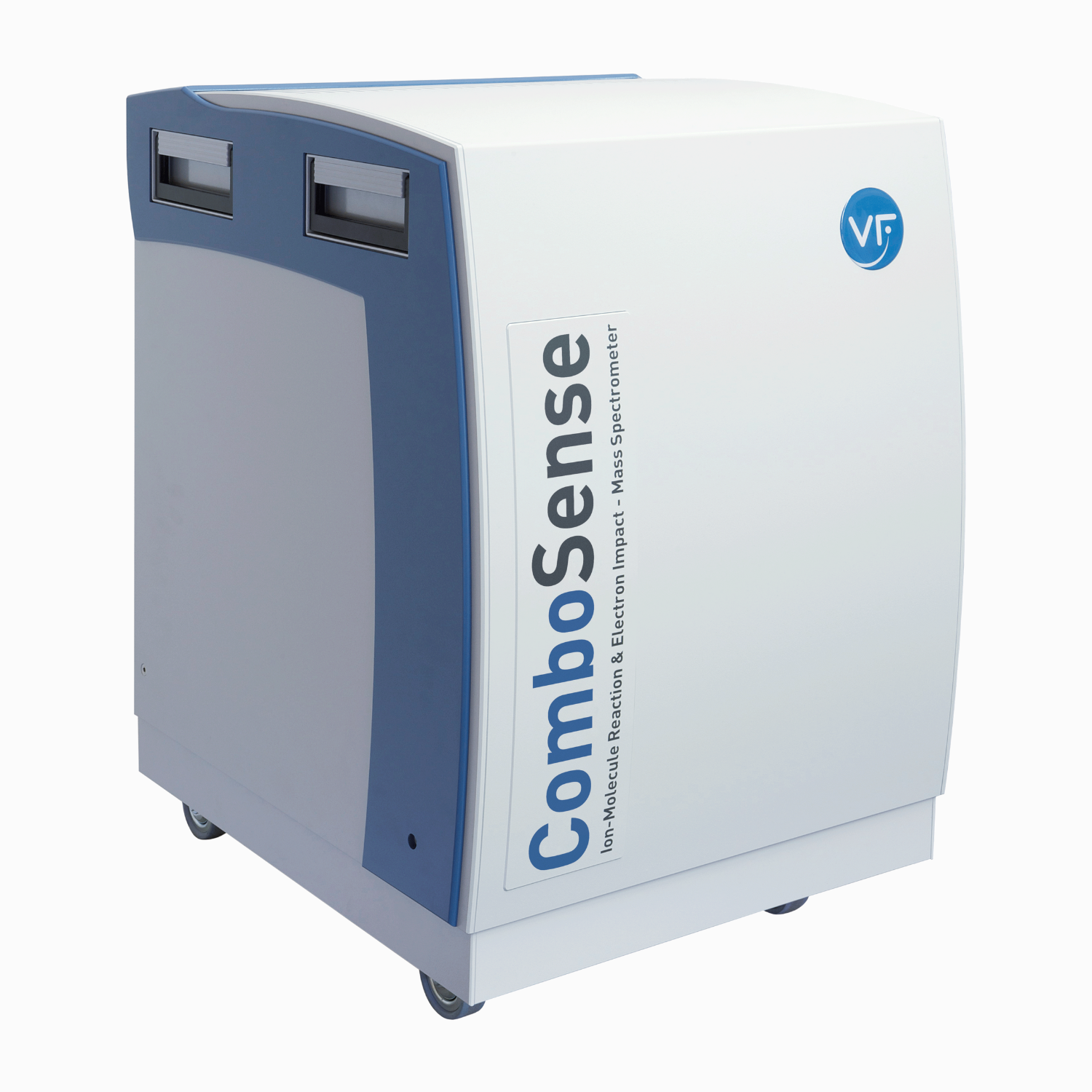Bad breath or halitosis can be an unpleasant side effect of taking medication. Antidepressants or certain tranquilizers in particular are known to cause halitosis. Typically, halitosis is caused by volatile sulfur compounds in exhaled air. There are few detection methods for these substances, and they usually require sampling, pre-concentration, and long measurement times of the breath.
Background
Solution
V&F mass spectrometers such as the V&F AirSense are based on ion molecular reaction mass spectrometry (IMR-MS) and can measure minute amounts (ppb, parts per billion) of volatile sulfur-containing substances and other molecules responsible for halitosis. These instruments are highly sensitive and highly selective in relation to the molecules concerned. Concentration changes of halitosis-causing volatiles are measured directly in the breath and displayed immediately. This allows the intensity of the prevailing halitosis to be objectively assessed. A dedicated gas inlet system allows measurements of patient breath without prior sampling or sample preparation.

Advantage
V&F mass spectrometers are extremely versatile and compact instruments with a range of applications in breath analysis. In addition, V&F analyzers can be interfaced with commercially available vapor space analysis systems to measure larger batches with previously collected breath samples. The ability to take real-time measurements facilitates measurements of time profiles based on breath-to-breath after drug ingestion. Patients can be monitored using this non-invasive method and medications can be changed to help prevent the side effect of halitosis.
Reference clients (excerpt)










